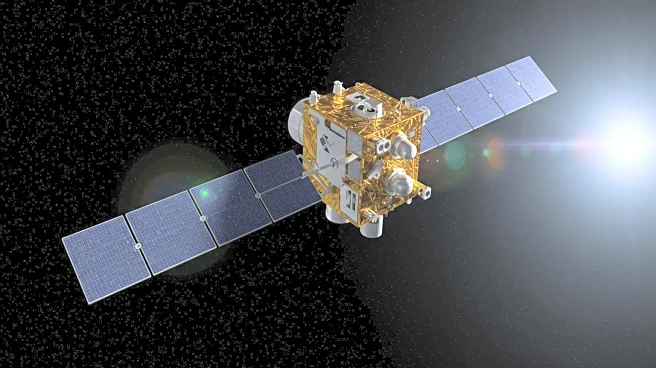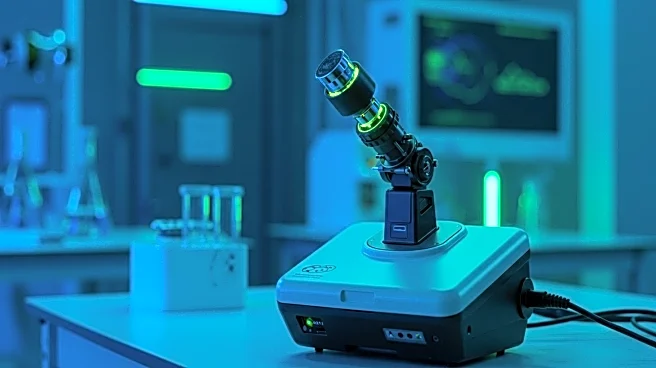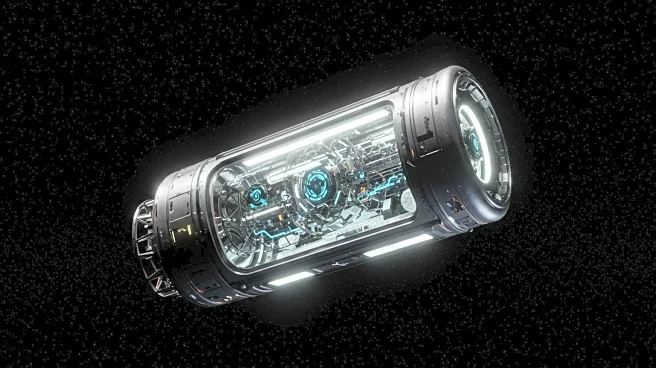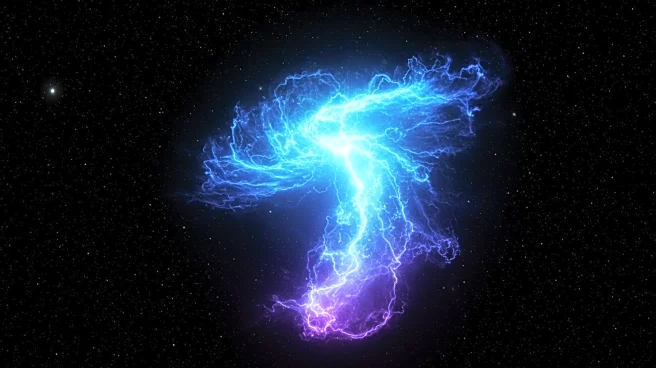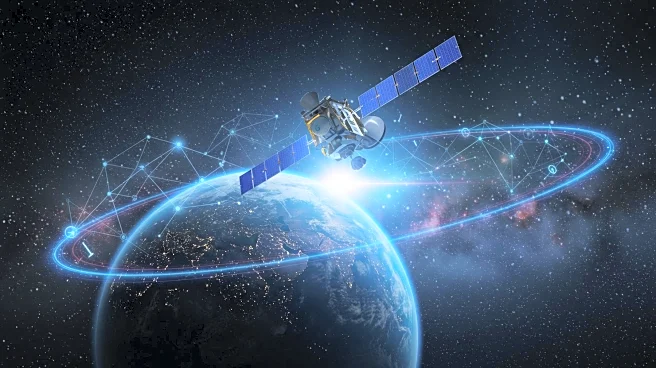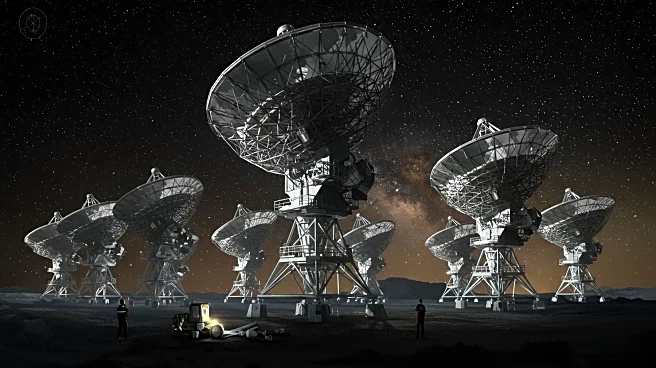What's Happening?
NASA is closely monitoring the South Atlantic Anomaly (SAA), a weak spot in Earth's magnetic field that has been expanding and splitting into two lobes. This anomaly, located over South America and the South Atlantic, allows radiation to dip closer to low-Earth orbit, posing challenges for satellites and spacecraft operating in the region. The anomaly's expansion is linked to the geodynamo, the churning outer core of Earth, and may be influenced by deep-mantle structures under Africa. NASA's research aims to understand the anomaly's evolution and mitigate risks for satellite operations.
Why It's Important?
The South Atlantic Anomaly presents significant risks for satellite operations, including potential data corruption and system malfunctions. As the anomaly expands, it complicates the planning and execution of space missions, necessitating adjustments in satellite trajectories and operations. Understanding the anomaly's behavior is crucial for ensuring the safety and reliability of space-based technologies, which are integral to global communications, navigation, and scientific research. NASA's efforts to model and predict the anomaly's changes are vital for maintaining the integrity of space infrastructure and minimizing disruptions.
What's Next?
NASA and other agencies will continue to track the South Atlantic Anomaly's development using advanced models and simulations. These efforts will focus on predicting long-term changes in Earth's magnetic field and assessing potential impacts on satellite operations. Collaboration with international partners may enhance the understanding of the anomaly and lead to improved strategies for mitigating its effects. As research progresses, stakeholders in the aerospace industry will be keenly interested in the findings, which could influence future satellite design and deployment strategies.
